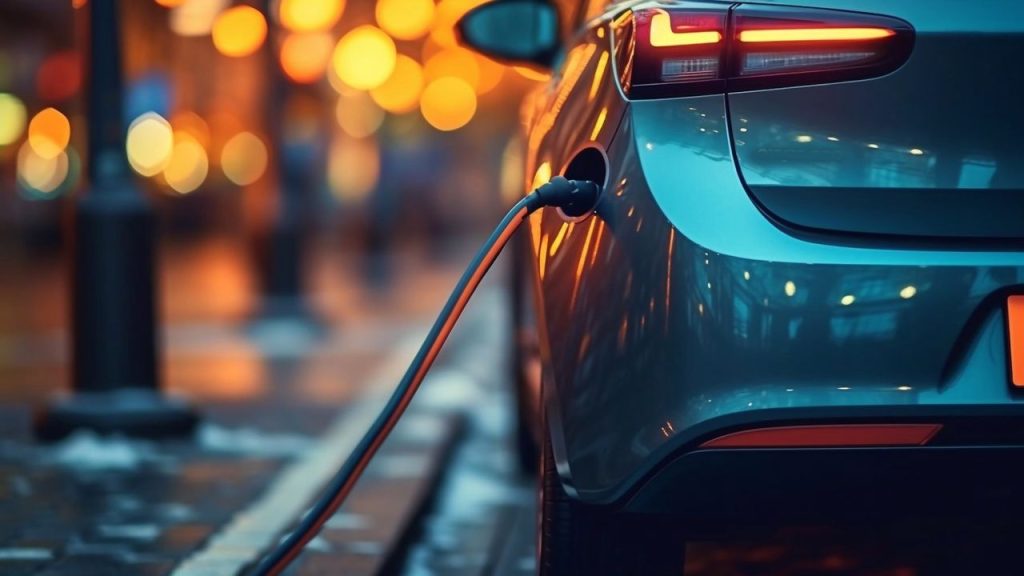Fast Charging vs. Slow Charging for Electric Vehicles: Which is the Better Option?
As the demand for electric vehicles (EVs) continues to rise, one of the key considerations for EV owners is the charging time. The ability to charge quickly and efficiently is crucial for the widespread adoption of EVs. In this article, we will explore the differences between fast charging and slow charging, and discuss the advantages and disadvantages of each option.
Fast Charging: Powering Up in No Time
Fast charging, also known as high-power charging, is designed to provide a significant amount of power to an EV battery in a short amount of time. This type of charging typically requires a high-power charging station, which is equipped with advanced technology to deliver a large amount of electricity to the vehicle.
One of the major advantages of fast charging is the reduced charging time. With fast charging, EV owners can replenish their battery to 80% or more in just 30 minutes or less, depending on the vehicle and the charging station. This makes fast charging a convenient option for those who are always on the go and need to quickly top up their battery.
Another benefit of fast charging is the growing availability of charging infrastructure. Many countries and cities are investing in the development of high-power charging networks to support the increasing number of EVs on the road. This means that EV owners can easily find fast charging stations along their routes, providing peace of mind and eliminating range anxiety.
The Drawbacks of Fast Charging
While fast charging offers significant advantages, it also has some drawbacks. One of the main concerns is the potential impact on battery life. Rapidly charging a battery generates more heat, which can degrade the battery over time. However, advancements in battery technology and charging algorithms have mitigated this issue to a large extent.
Another drawback is the cost. Fast charging stations require more sophisticated technology and infrastructure, resulting in higher installation and maintenance costs. Additionally, some fast charging stations may require a subscription or have higher charging fees compared to slow charging options.
Slow Charging: A Steady Approach
Slow charging, also known as level 1 or level 2 charging, refers to charging an EV using a standard household outlet or a dedicated charging station with a lower power output. This method typically takes several hours to fully charge an EV, depending on the battery capacity and charging rate.
One of the main advantages of slow charging is the lower cost. Since slow charging does not require specialized high-power charging infrastructure, it is more affordable for both EV owners and charging station operators. This makes it a viable option for residential charging, where EV owners can simply plug in their vehicles overnight and wake up to a fully charged battery.
Slow charging also has a positive impact on battery health. The slower charging rate generates less heat, reducing the stress on the battery cells and prolonging their lifespan. This can be particularly beneficial for EV owners who plan to keep their vehicles for an extended period.
The Limitations of Slow Charging
Despite its advantages, slow charging does have some limitations. The extended charging time can be inconvenient for those who require quick access to their vehicles. Additionally, in situations where long-distance travel is required, slow charging may not provide sufficient range to reach the destination without multiple charging stops.
Furthermore, the availability of slow charging infrastructure can be limited, especially in public areas. While many EV owners can rely on home charging, those without access to a dedicated parking space may face challenges in finding suitable charging options.
Choosing the Right Charging Option
When it comes to fast charging vs. slow charging, there is no one-size-fits-all solution. The choice depends on individual needs and circumstances. Fast charging is ideal for those who require quick charging on the go and have access to high-power charging infrastructure. On the other hand, slow charging is more suitable for residential charging and for those who prioritize battery health and lower costs.
Ultimately, a combination of both fast and slow charging options is likely to be the most practical approach. This allows EV owners to take advantage of fast charging when needed, while relying on slow charging for daily charging needs.
In conclusion, the development of high-power charging infrastructure has made fast charging a convenient option for EV owners who require quick charging on the go. However, slow charging remains a cost-effective and battery-friendly approach for residential charging. As the EV market continues to evolve, the availability and efficiency of both fast and slow charging options are expected to improve, further driving the widespread adoption of electric vehicles.


